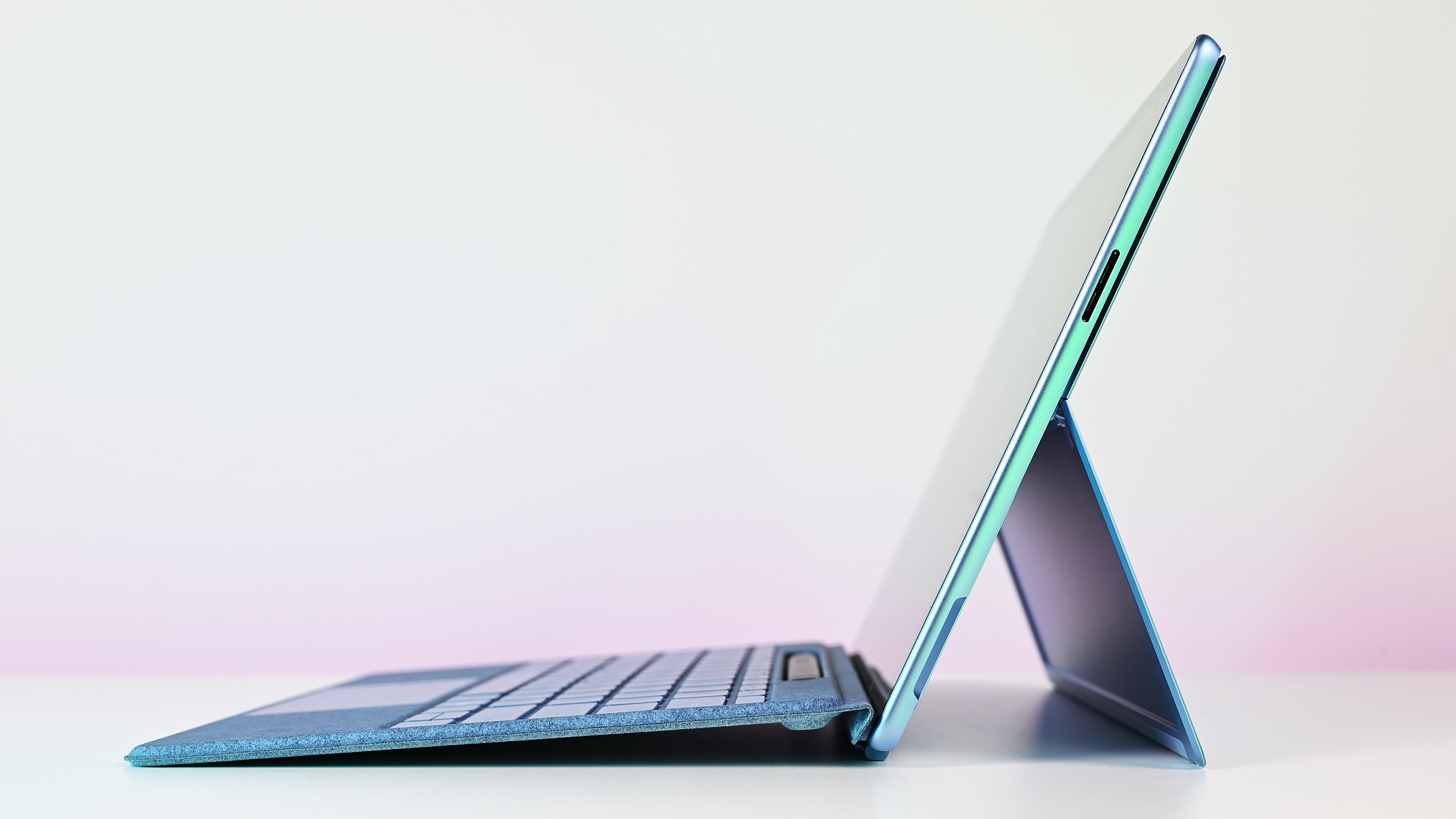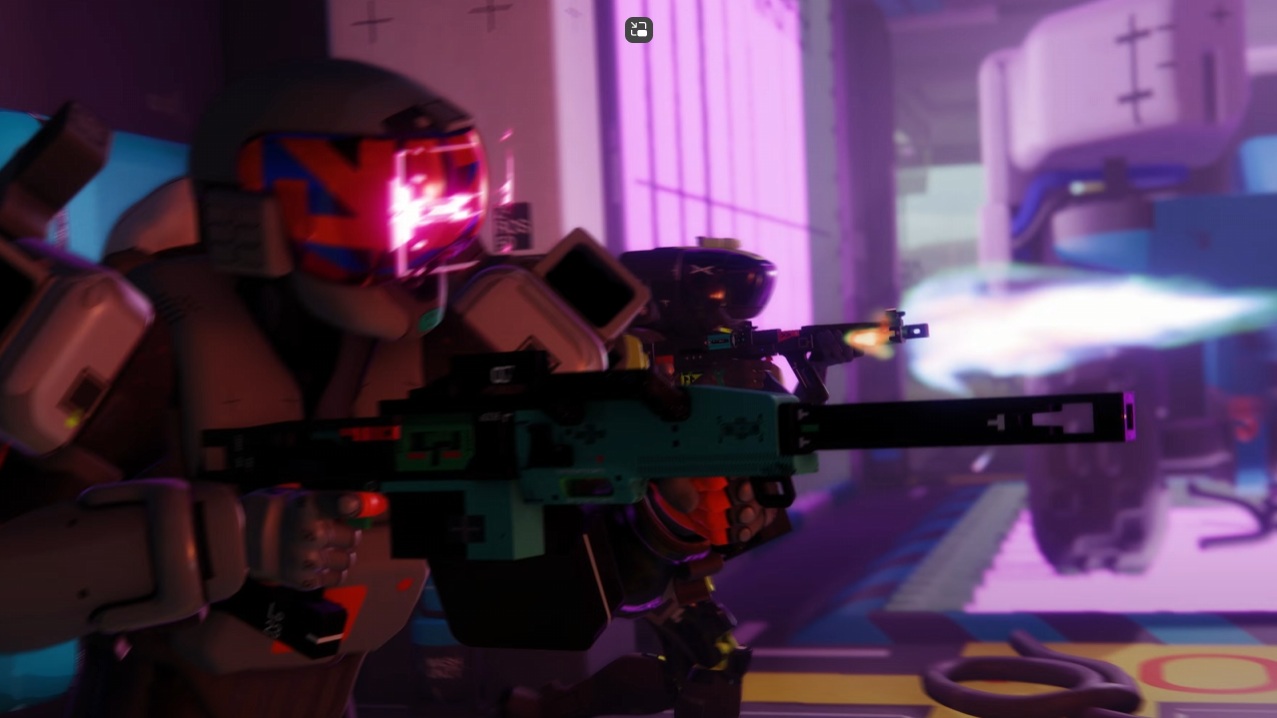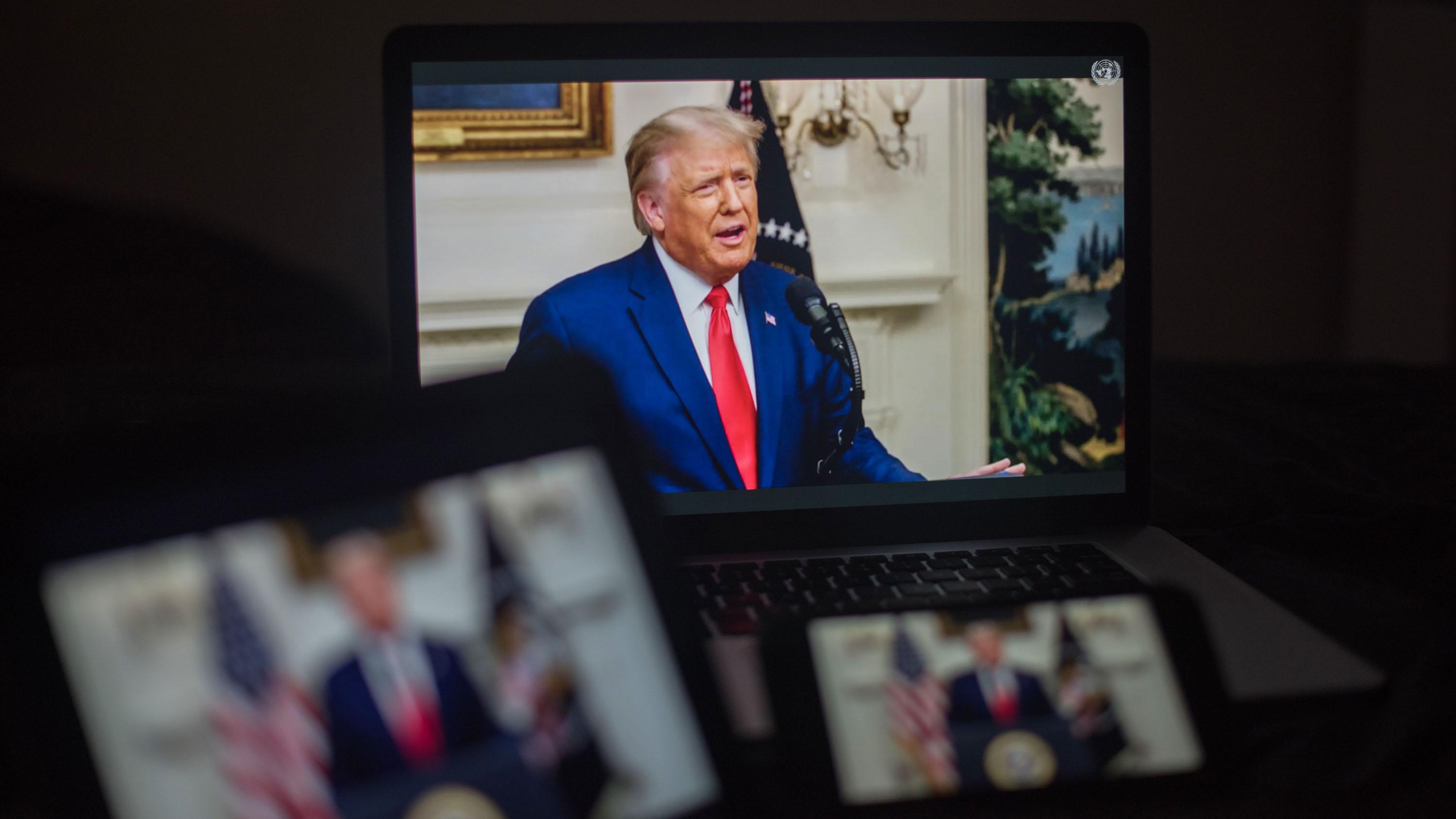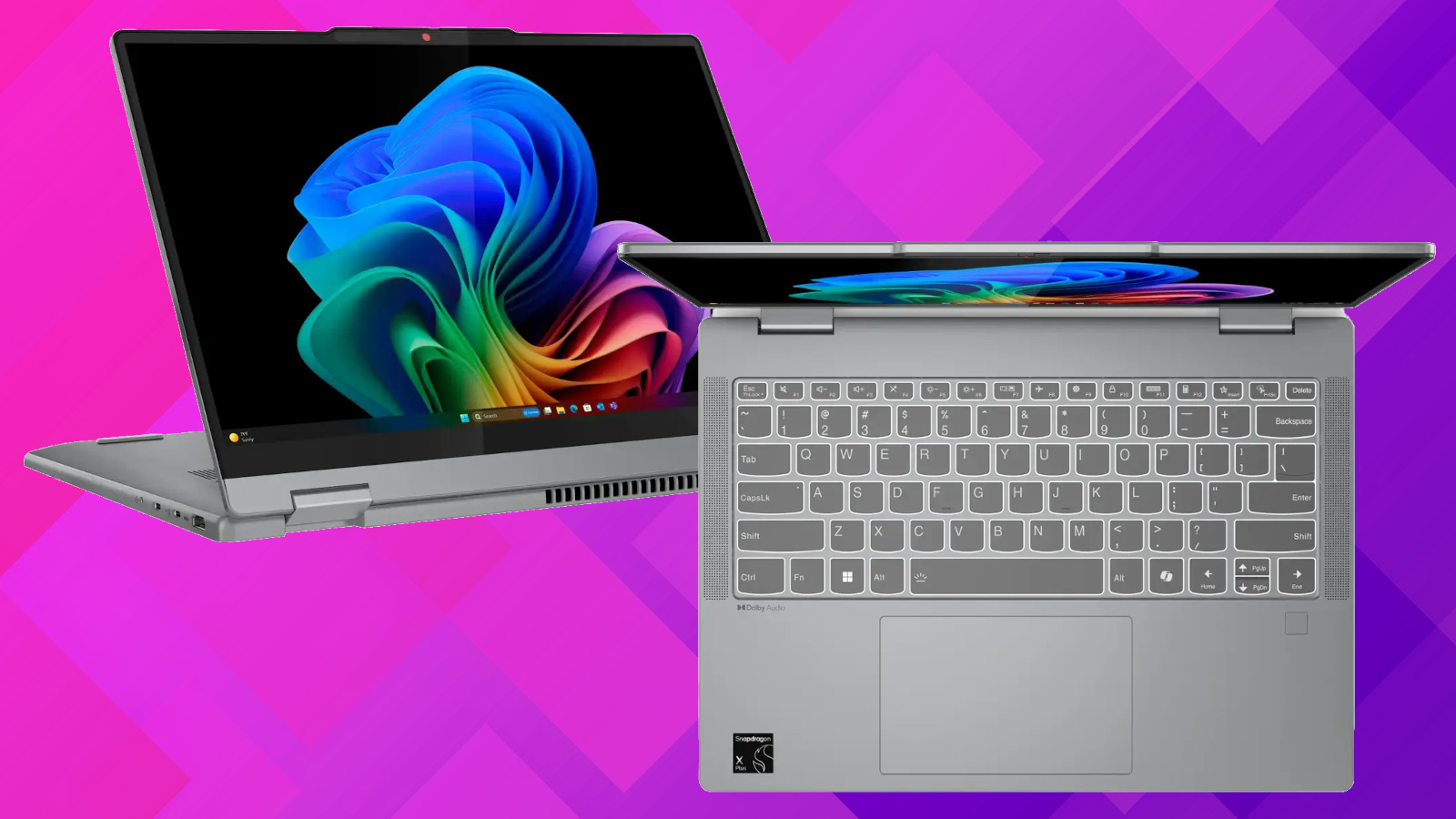When you purchase through links on our site, we may earn an affiliate commission.Heres how it works.
Microsoft held its"special" event for Surface and AIthis week.
The company told people to keep their eyes out for big announcements.

The Surface Studio lineup has a brilliant display and a unique form factor, even if it has lackluster internals.
My eyes are still looking, as I imagine so are many sets of eyes from Surface enthusiast.
This week’s showcase gave us little to be excited about from Microsoft’s hardware division.
In fact, it was so lackluster that it’s easy to see why Panos Panay left the company.
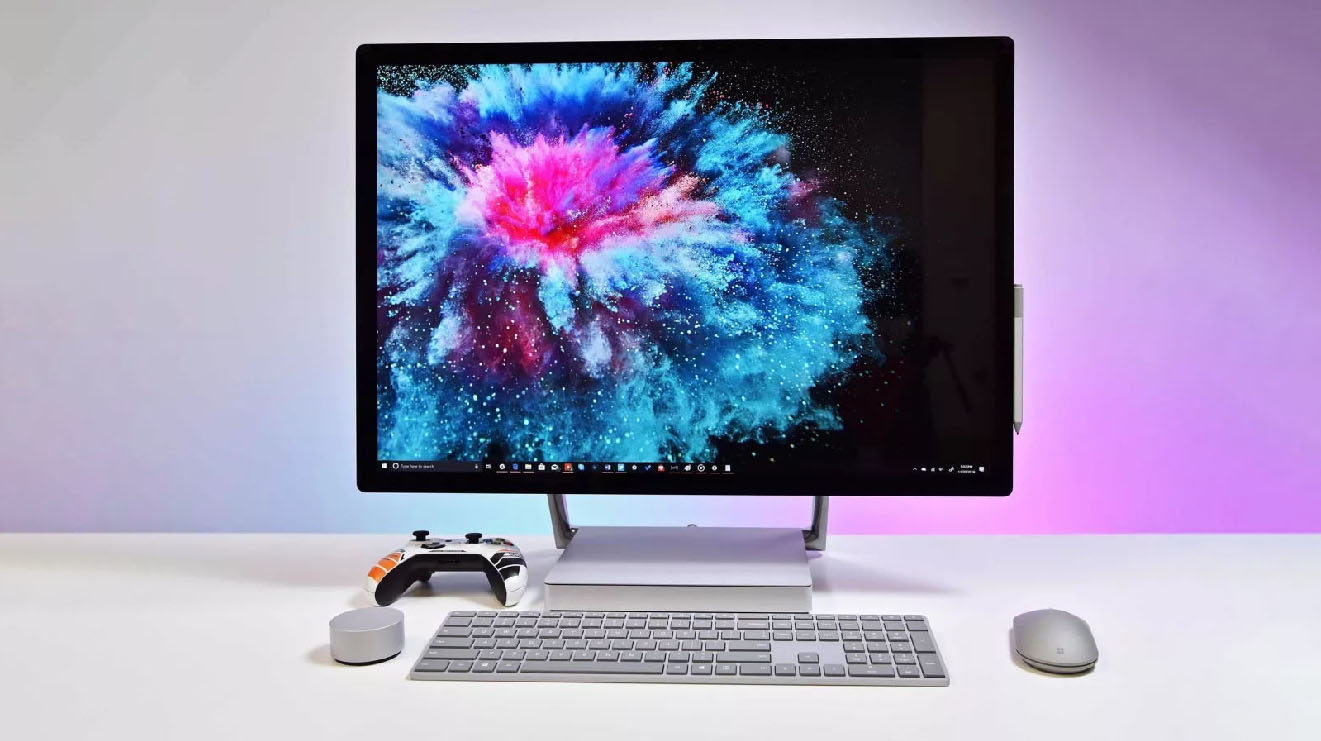
The Surface Studio lineup has a brilliant display and a unique form factor, even if it has lackluster internals.
It’s easy to write an editorial when you’re angry.
Passion flows from you through a keyboard.
It’s difficult to write when you’re apathetic.
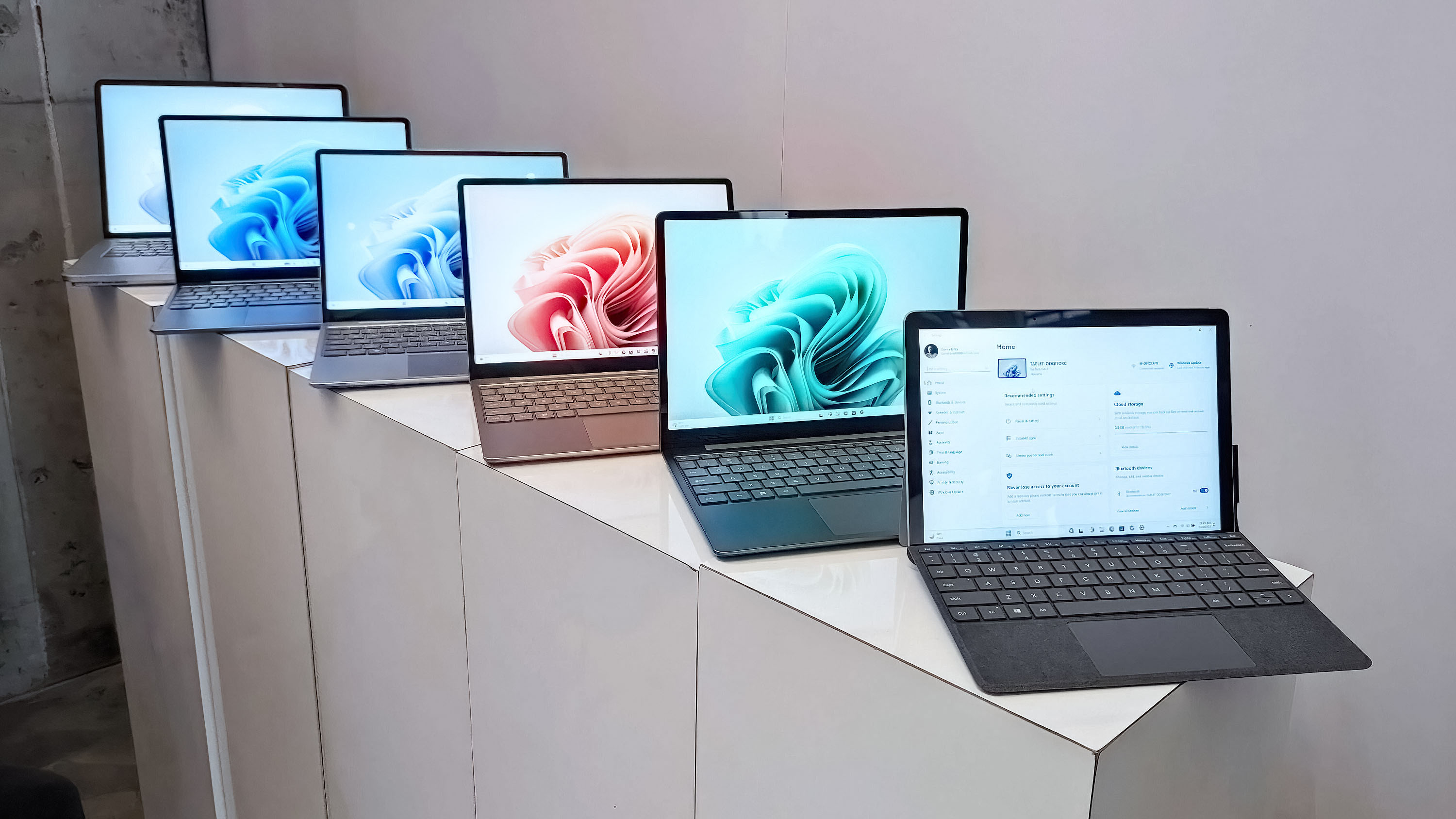
That’s how I am right now.
What’s Surface without experimentation?
Panay’s departure from Microsoftseemed abrupt, but as more details come into focus, it’s not surprising.
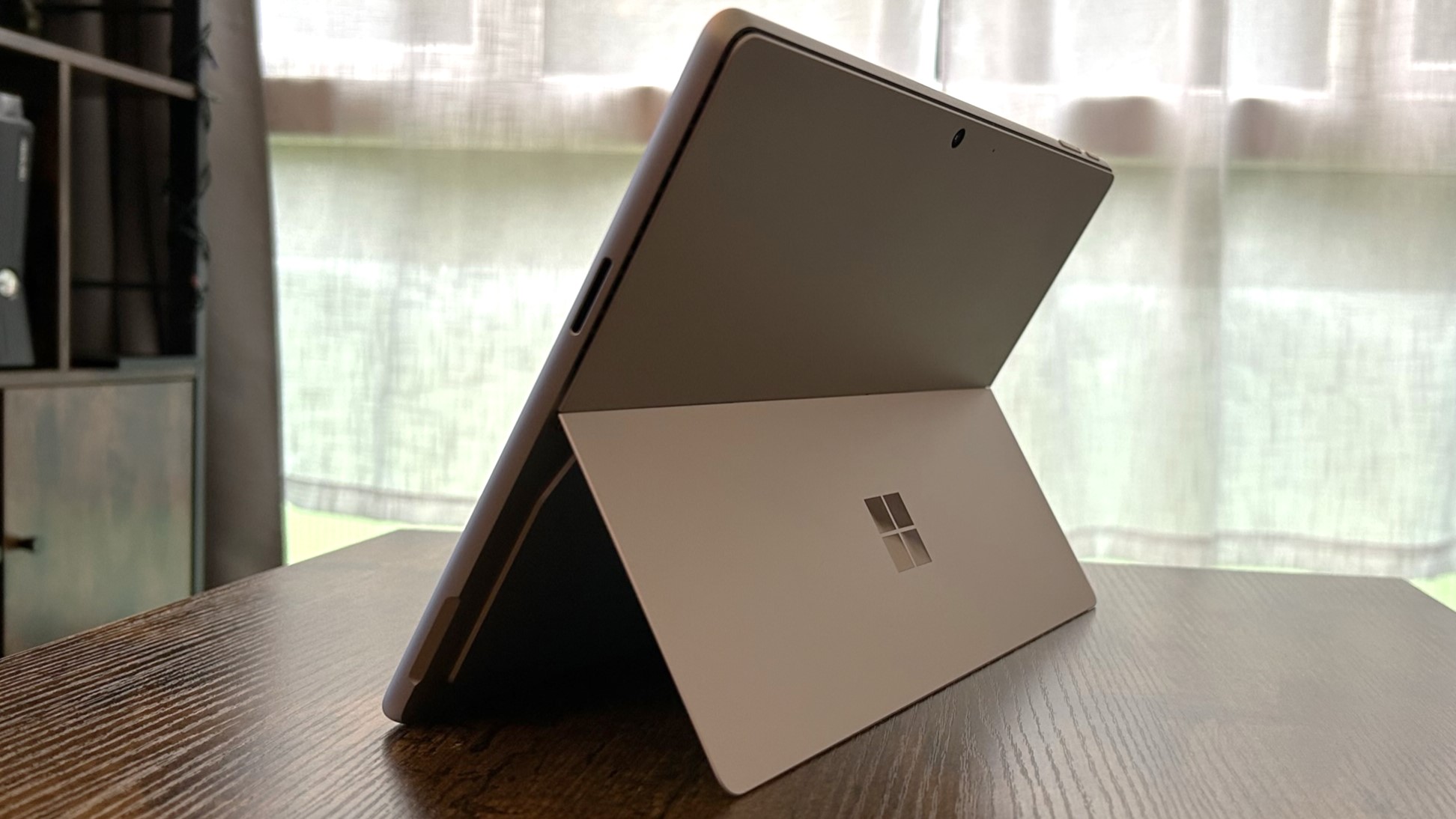
The Surface Pro 9 is the pinnacle of the 2-in-1 form factor, but that category has already reached maturity.
Microsoft reportedly plans to ditch its efforts to make niche or experimental hardware.
Those are all lovely devices.
One of the primary purposes of Surface is to innovate, to push OEMs to create new devices.
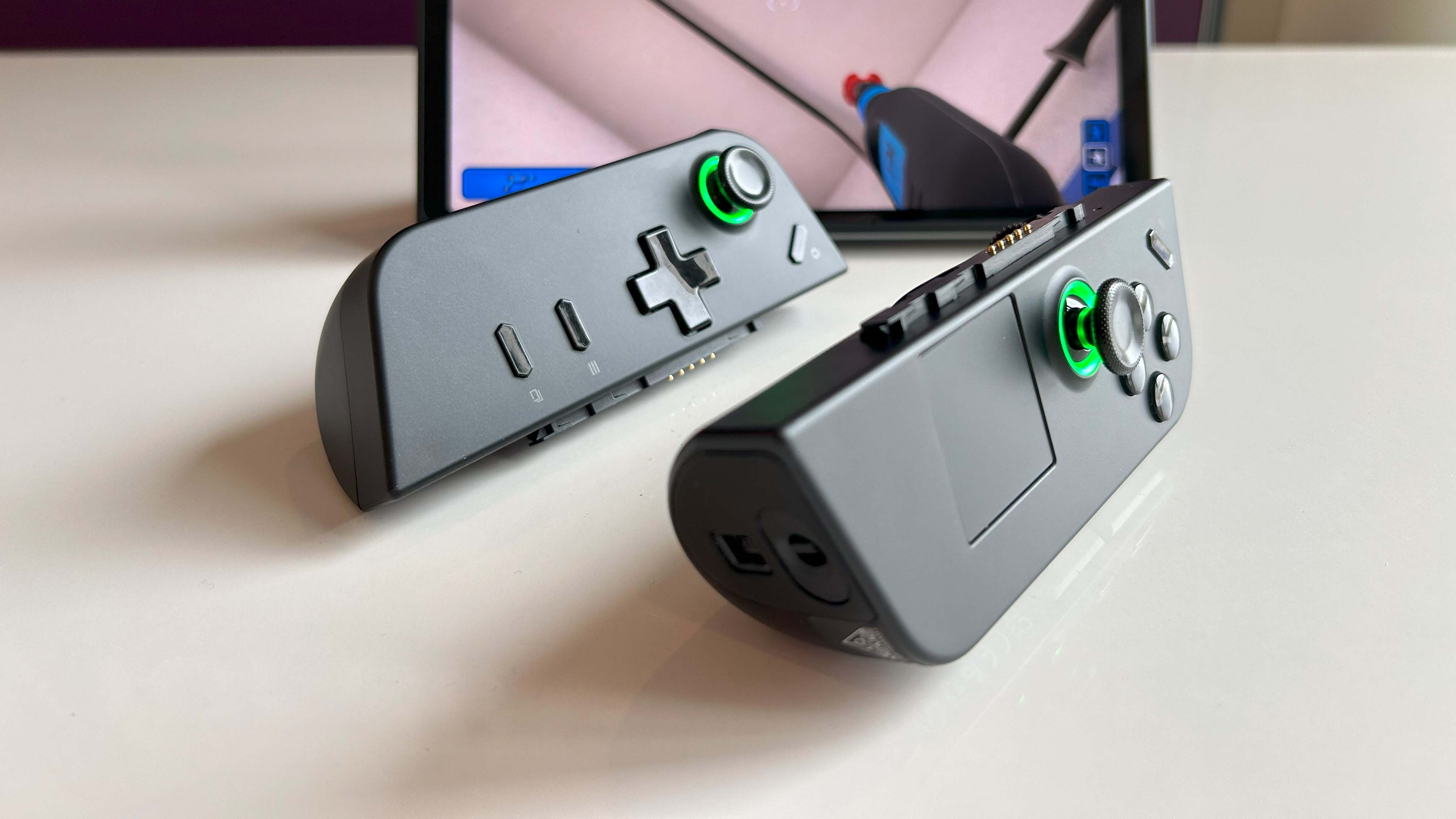
Lenovo’s Legion Go is an example of a company other than Microsoft innovating in the PC space.
I question if that’s still a goal of Microsoft’s when it comes to Surface.
When Microsoft introduced the first Surface Pro, the PC space wasdrasticallydifferent than it is now.
Microsoft burst onto the scene with a 2-in-1 featuring a detachable keyboard and a kickstand, memes be damned.
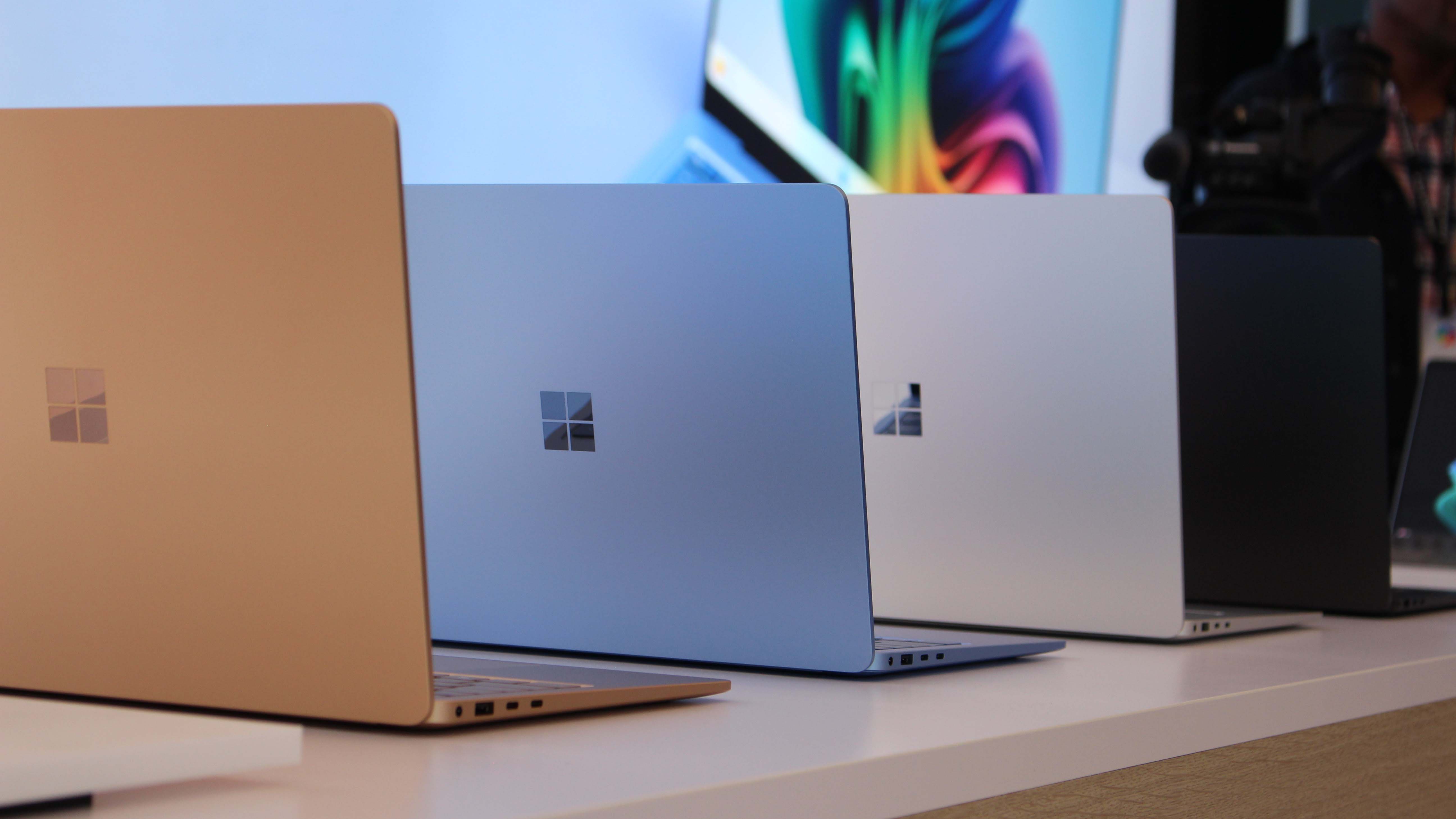
After a few generations, the Surface Pro lineup hit its stride.
Later, the gadget led to emulation by Dell, Apple, and many other companies.
The Surface Pro lineup is probably the best example of a Surface rig doing its job.
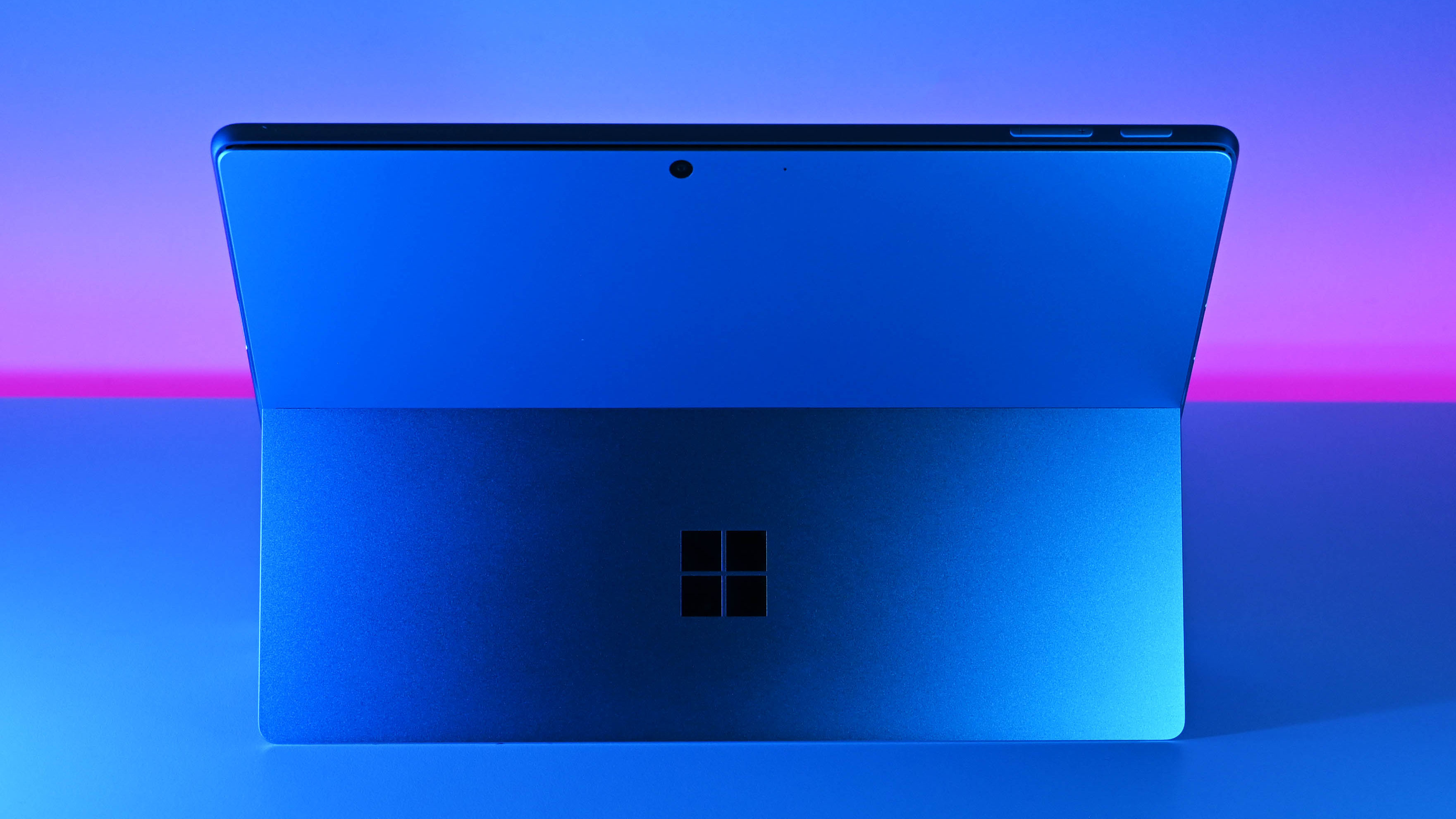
Surface hardware doesn’t always introduce a new form factor, but it often does.
Even when it doesn’t, Surface devices generally do something different than most of their competitors.
Look no further than theSurface Book’s detachable displayor theSurface Duo’s screensfor evidence of Microsoft pushing limits.
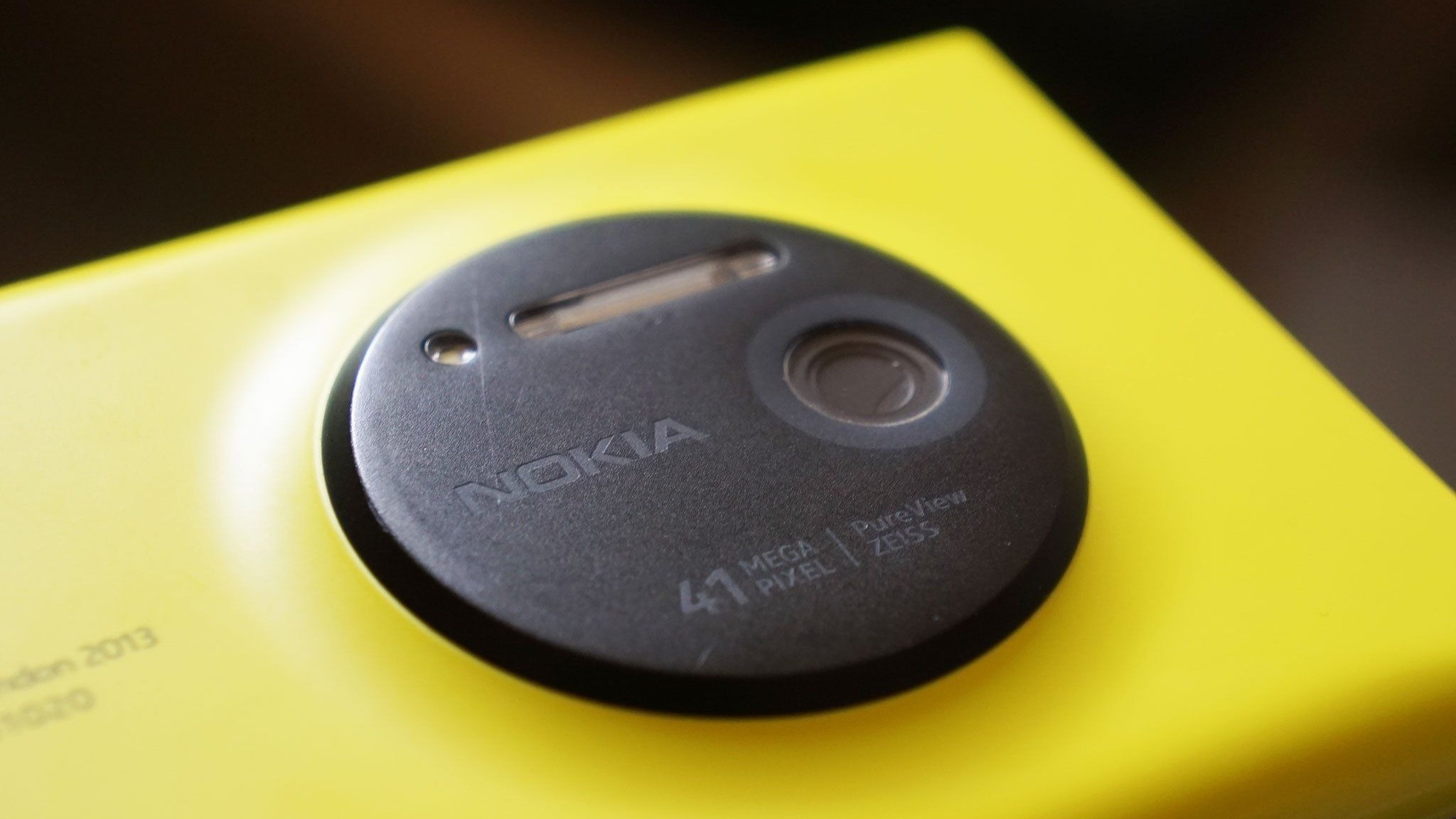
Experimental devices don’t always work out.
For example, Microsoft shifted away from the Surface Book’s design to theSurface Laptop Studio.
While the latter still isn’t a traditional laptop, it is less out there than the book.
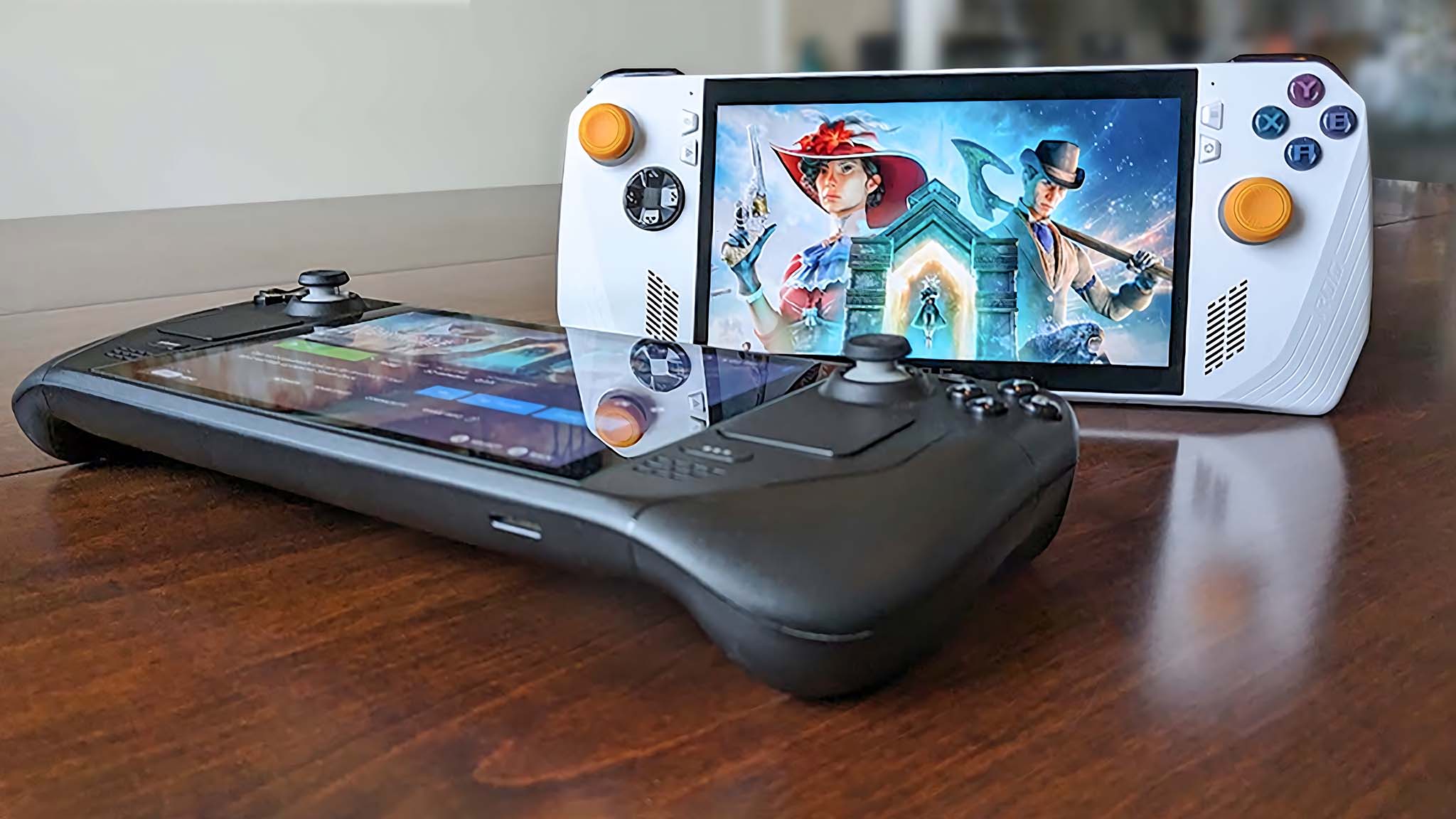
But there was a time when that was okay.
Microsoft could try something with Surface and spark passion among creators or other PC makers.
Those days may be over.
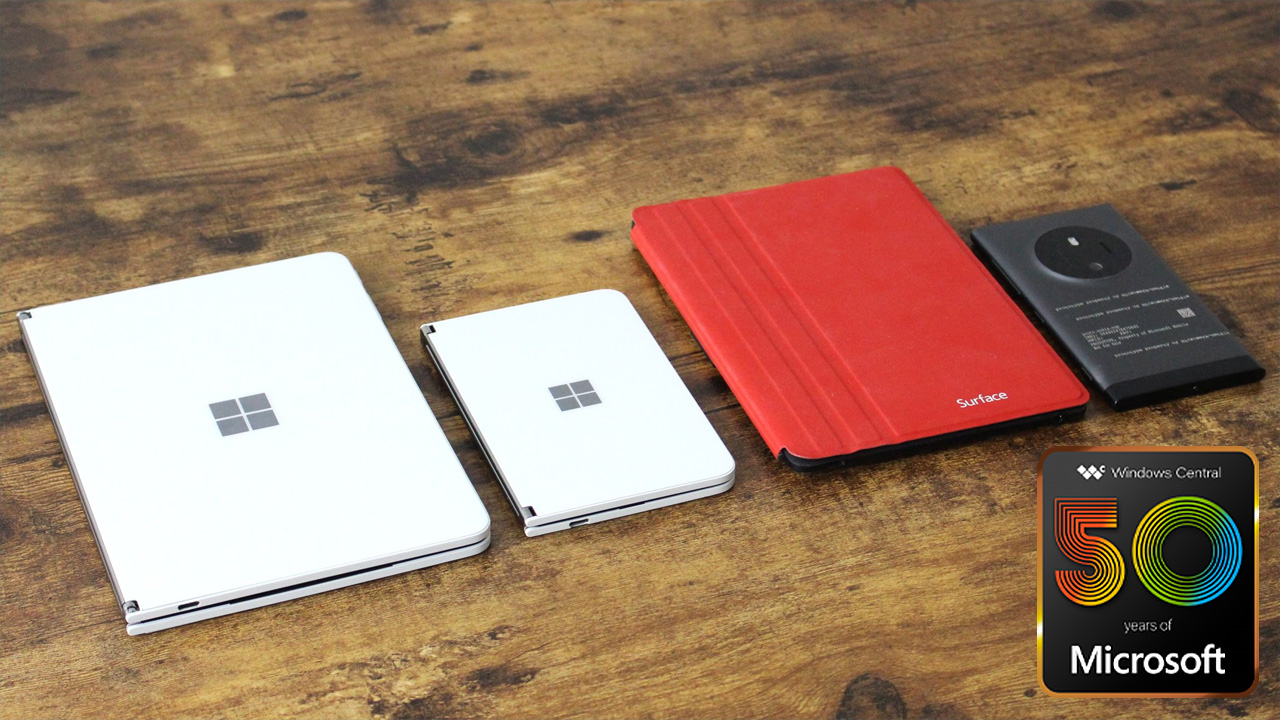
What’s a computer?
The Surface that turned heads for over a decade is dead.
Without looking, can you even name all the devices Microsoft announced yesterday?
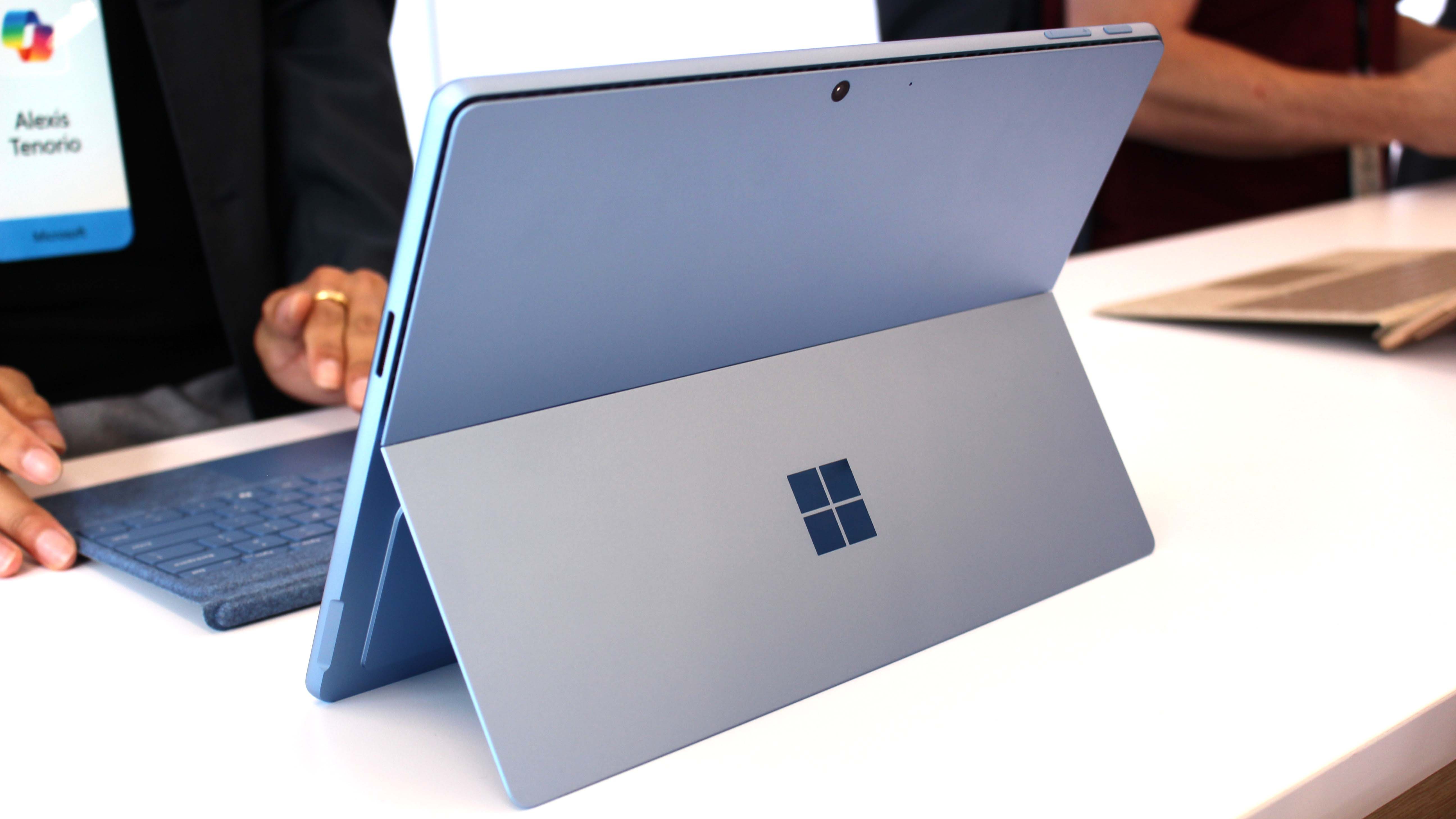
Heck, two of them weren’t even unveiled during the event!
Before this week’s event, I worked on a piece titled “Surface has run its course.
It’s time for Microsoft to move on.”
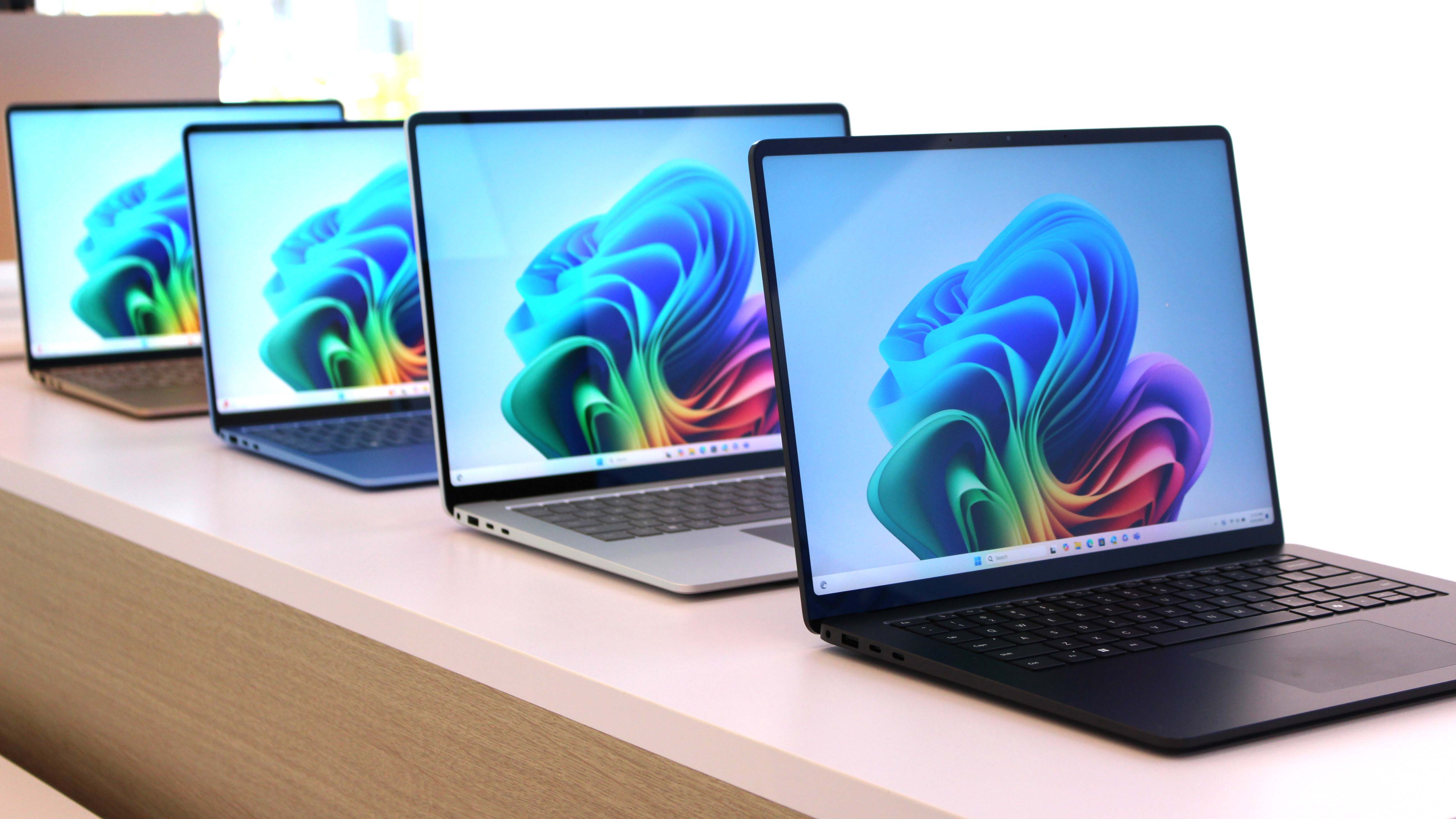
To the contrary, the presentation solidified that the Surface that turned heads for over a decade is dead.
Maybe that was the plan all along?
Microsoft wanted to push OEMs to make unique PCs, and we see that regularly now.
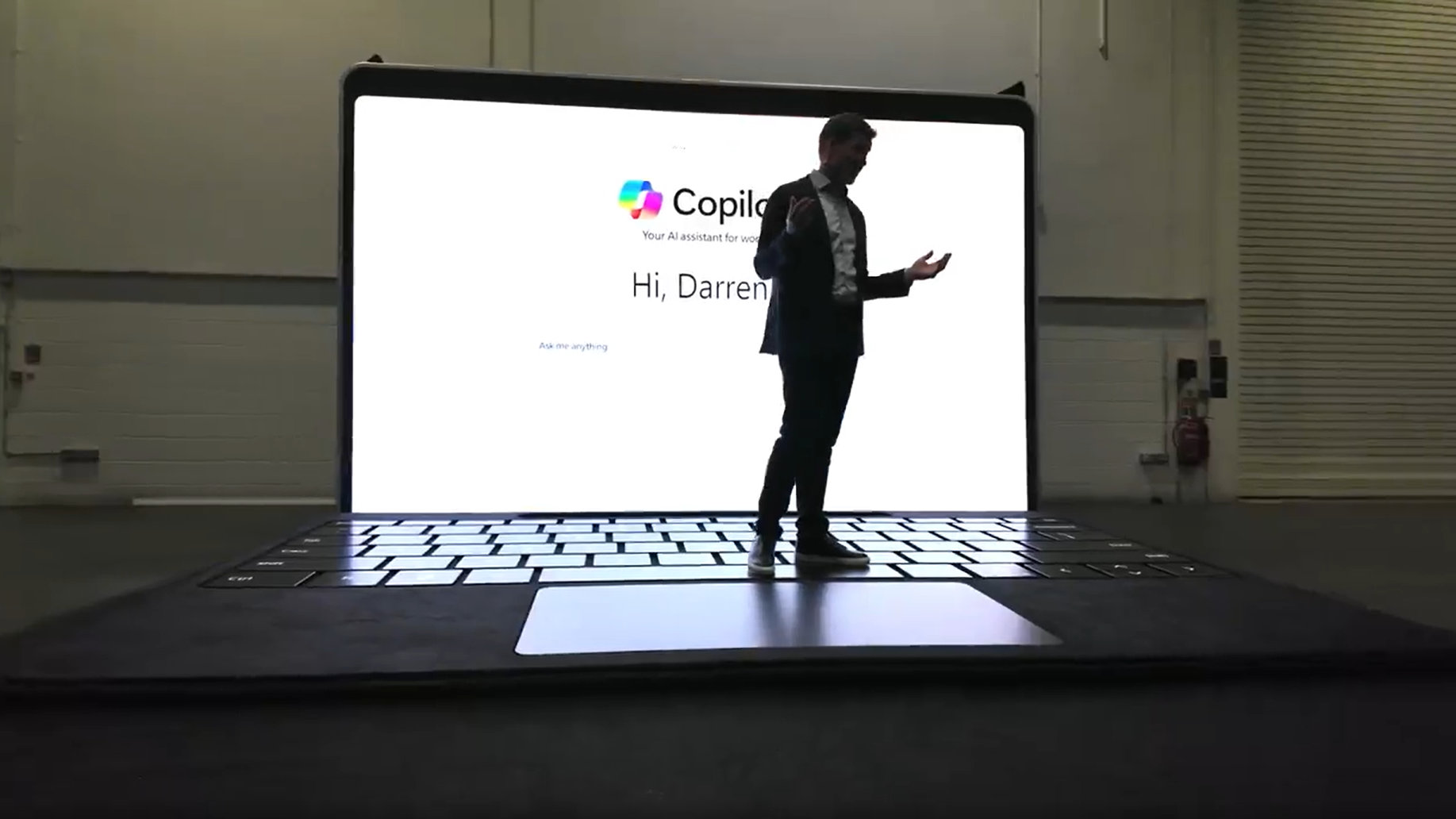
The newly announcedHP Spectre Foldableis just of many PCs pushing the boundaries of computing.
TheLegion GoandROG Allyare also the types of devices I imagine Microsoft wants to see on the market.
